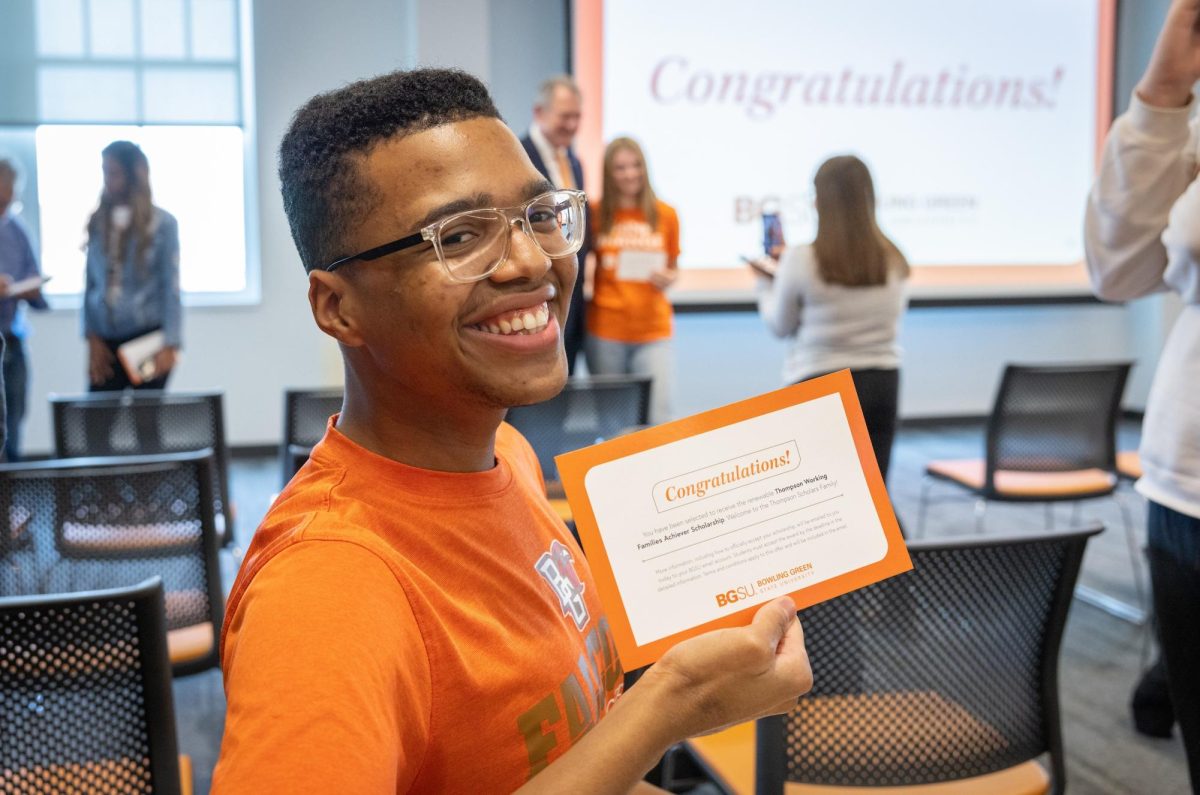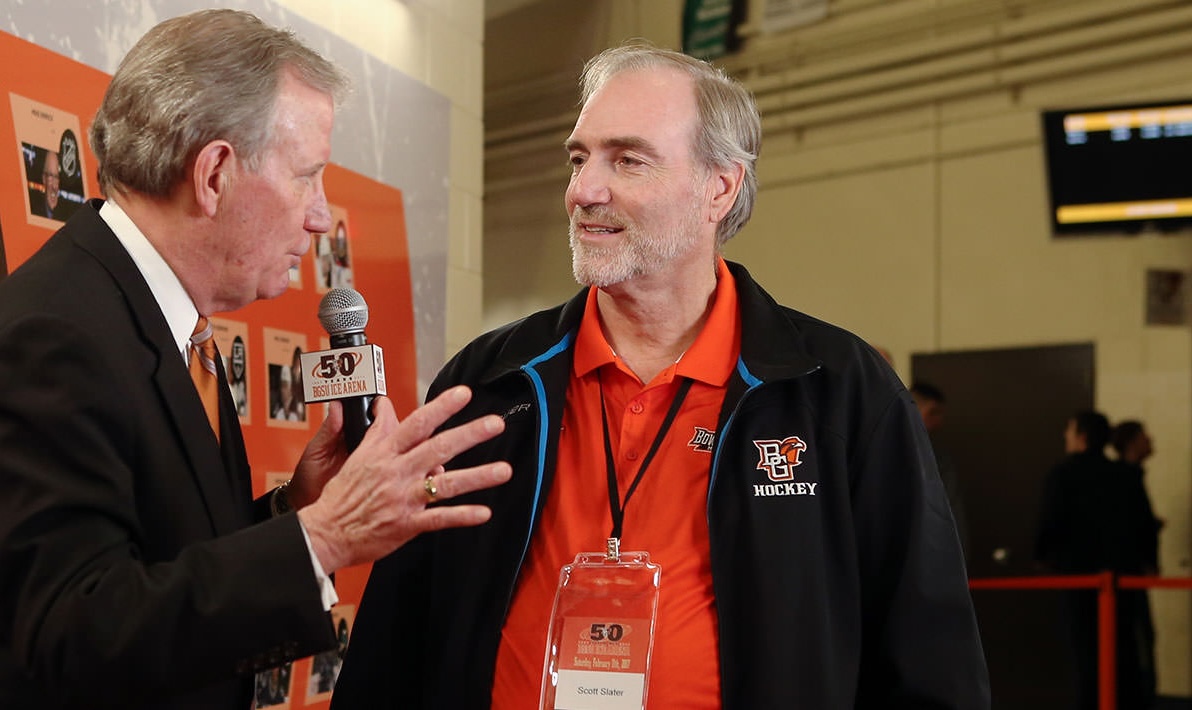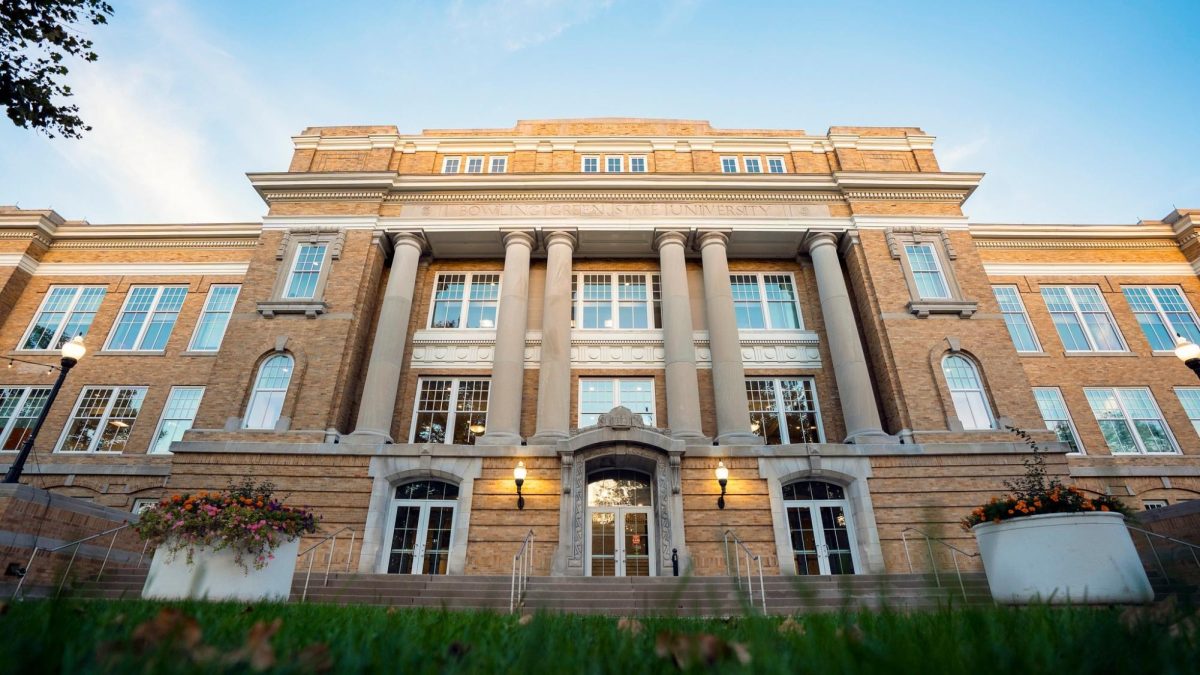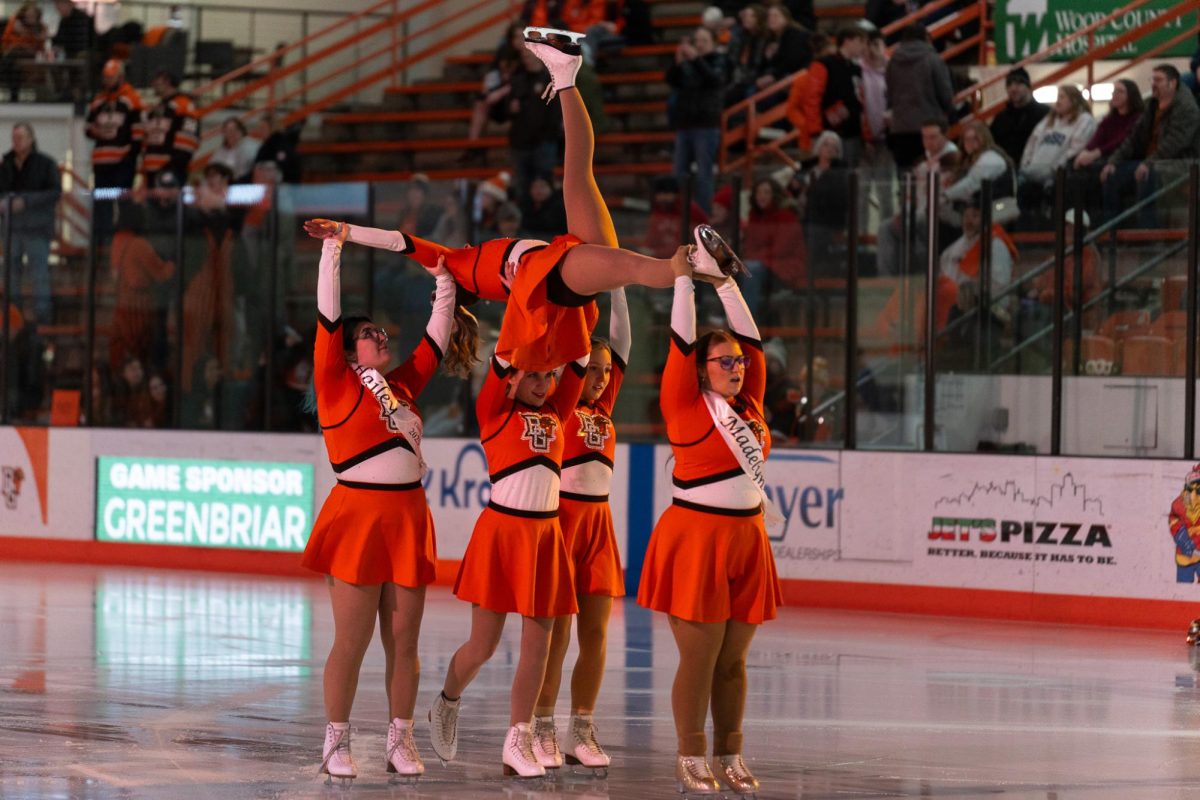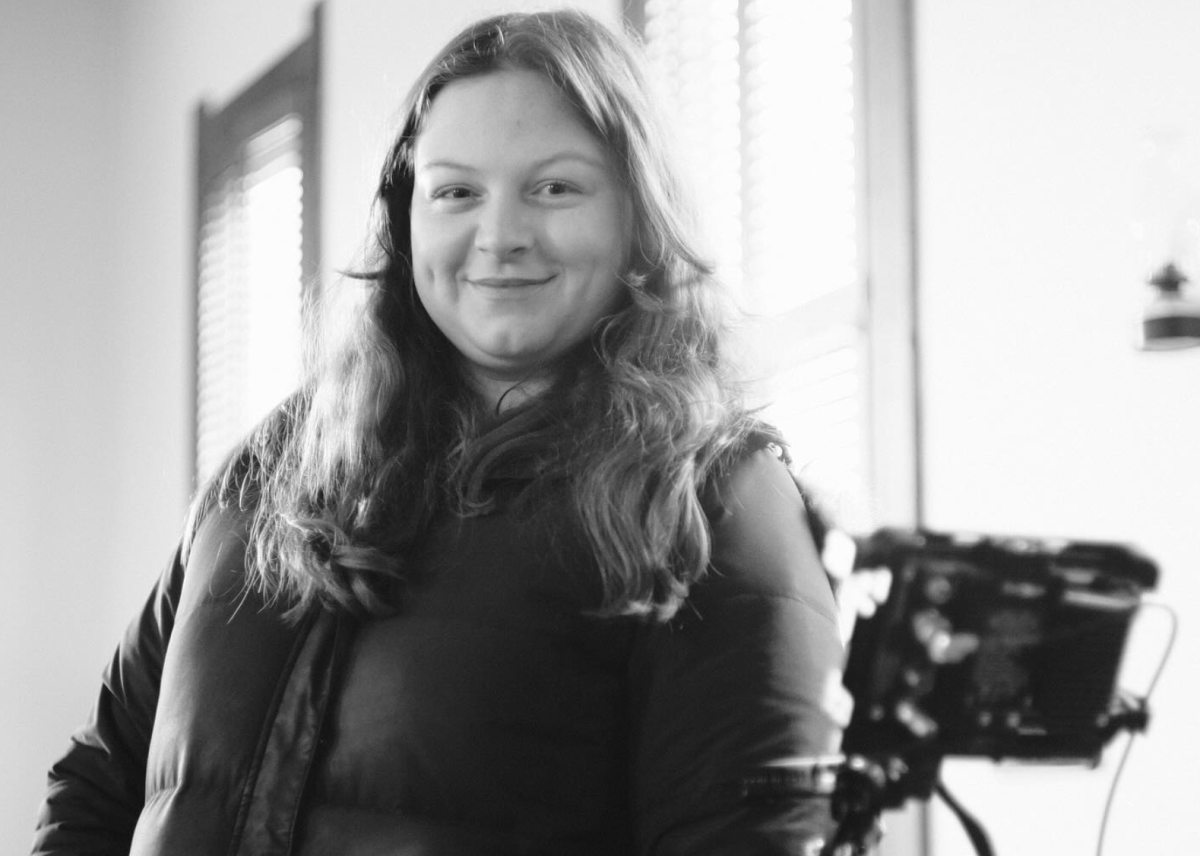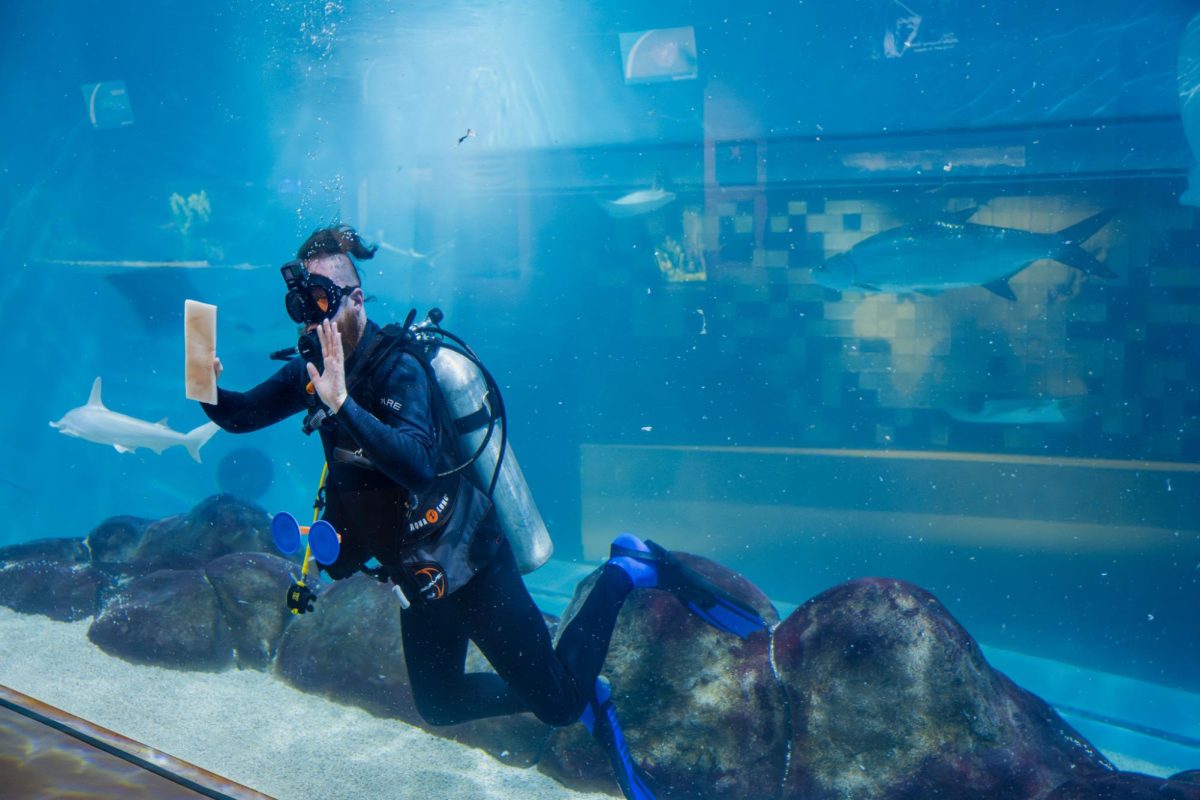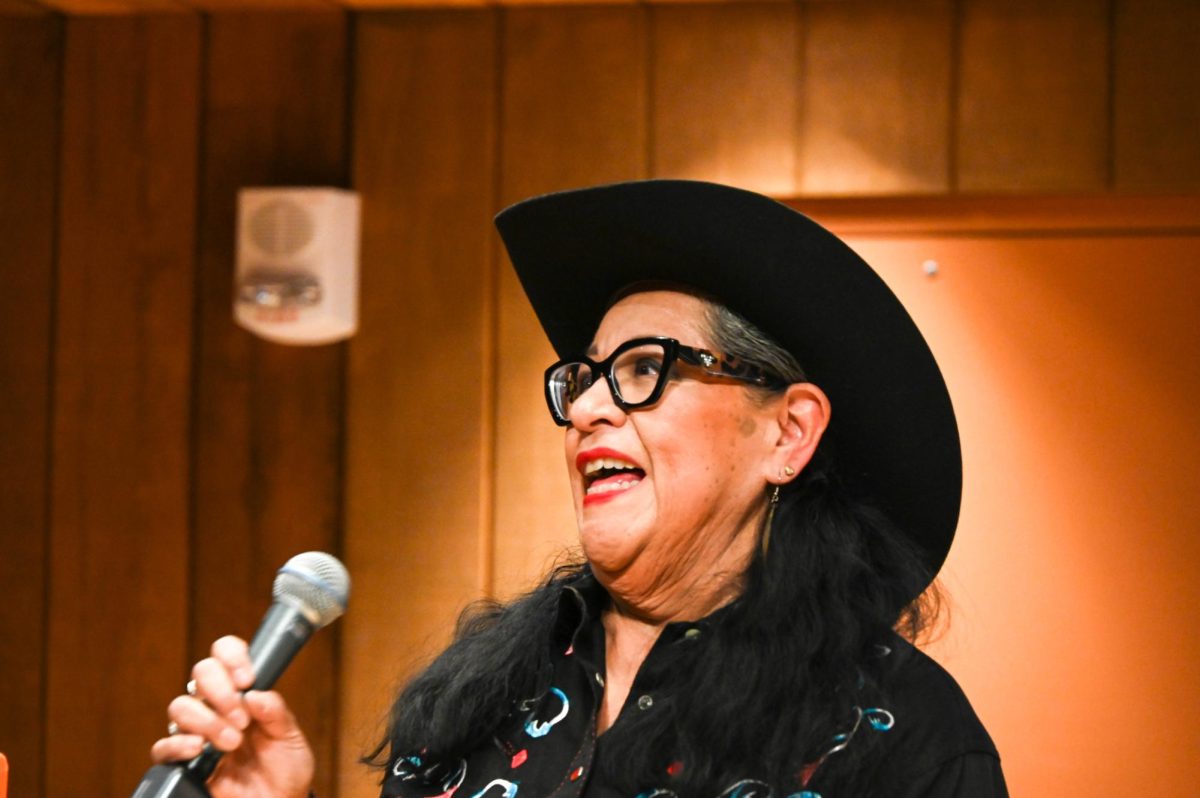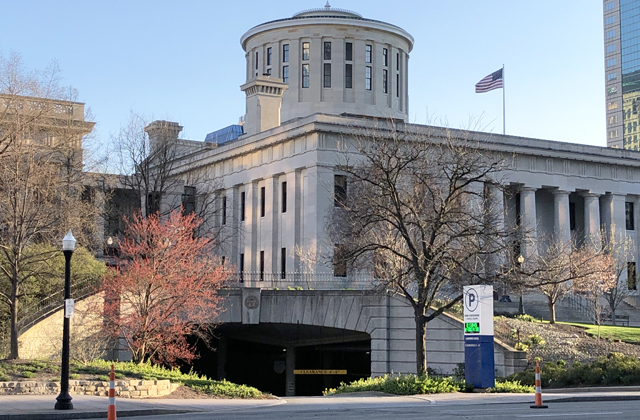The President’s Advisory Council on Diversity and Inclusion is evolving to meet the needs of students and faculty on campus.
“Historically, (PACODI) really served in an advisory capacity… this year we decided to make it more action-oriented,” PACODI Chair Christina Lunceford said.
In this new role, the council will determine not only the needs of students and faculty but also ways to address those needs.
Some needs were described in the Black Minds Matter course Lunceford coordinated during the fall semester. The course was offered for free though San Diego State University. Guest professors with expertise in various areas of diversity and inclusion in higher education spoke about the challenges facing students and faculty of color.
A common challenge for students is feeling “both very visible in terms of making mistakes…but also invisible in terms of some of your concerns and needs,” Kimberly Griffin, associate professor at the University of Maryland, said during the online course. Griffin explained this lack of belonging occurs when students do not see professors or many other students that look like them.
Other challenges include retention and graduation rates, because students of color are shown to graduate at a lesser rate than their white classmates, Terrell Strayhorn, CEO of Do Good Work Educational Consulting LLC and guest speaker for Black Minds Matter, said.
Students are not the only group to face challenges connected to their race or ethnicity; faculty members are also affected by these issues.
Griffin said representing a racial or ethnic group is a weight many professors of color carry. She said administrators often call upon these professors to provide support to students of color and hold up a university’s diversity mission.
While Griffin and Strayhorn referred to these challenges at a national level, Ethnic Studies Instructor Jessica Birch said students and faculty at the University face similar difficulties.
“It applies as well to BG’s campus as it does to any predominantly white institution,” she said.
Birch said that students who are “visibly identifiable as not the norm” often feel the stares and averted gazes that Griffin described in the Black Minds Matter course.
Students in her Women of Color in the U.S. course also spoke to the problems they have faced a people of color at the University.
Sophomore Corryn Freeman said she has had classes where she was the only black girl in a class of about 60 students. Freeman said while she does not see the University making obvious steps toward increasing diversity in the student population, she does find students will often speak out for women of color and insist that they have a voice on campus.
In contrast, freshman Alexis Ray said she had “not experienced anything horrible” on campus.
PACODI currently addresses these issues through faculty diversity training and informative events such as their annual Inclusive Pedagogy Summit and conferences on having difficult dialogues about diversity.
The council wants to establish benchmarks with the data it is currently collecting. It hopes to better respond to questions brought up by faculty, establish a connection between the students and the president’s office and create strategies for inclusive teaching methods.
“We need to be more mindful of how our spaces are designed for dominant populations and what that means for people who are not part of those dominant groups,” Lunceford said.


